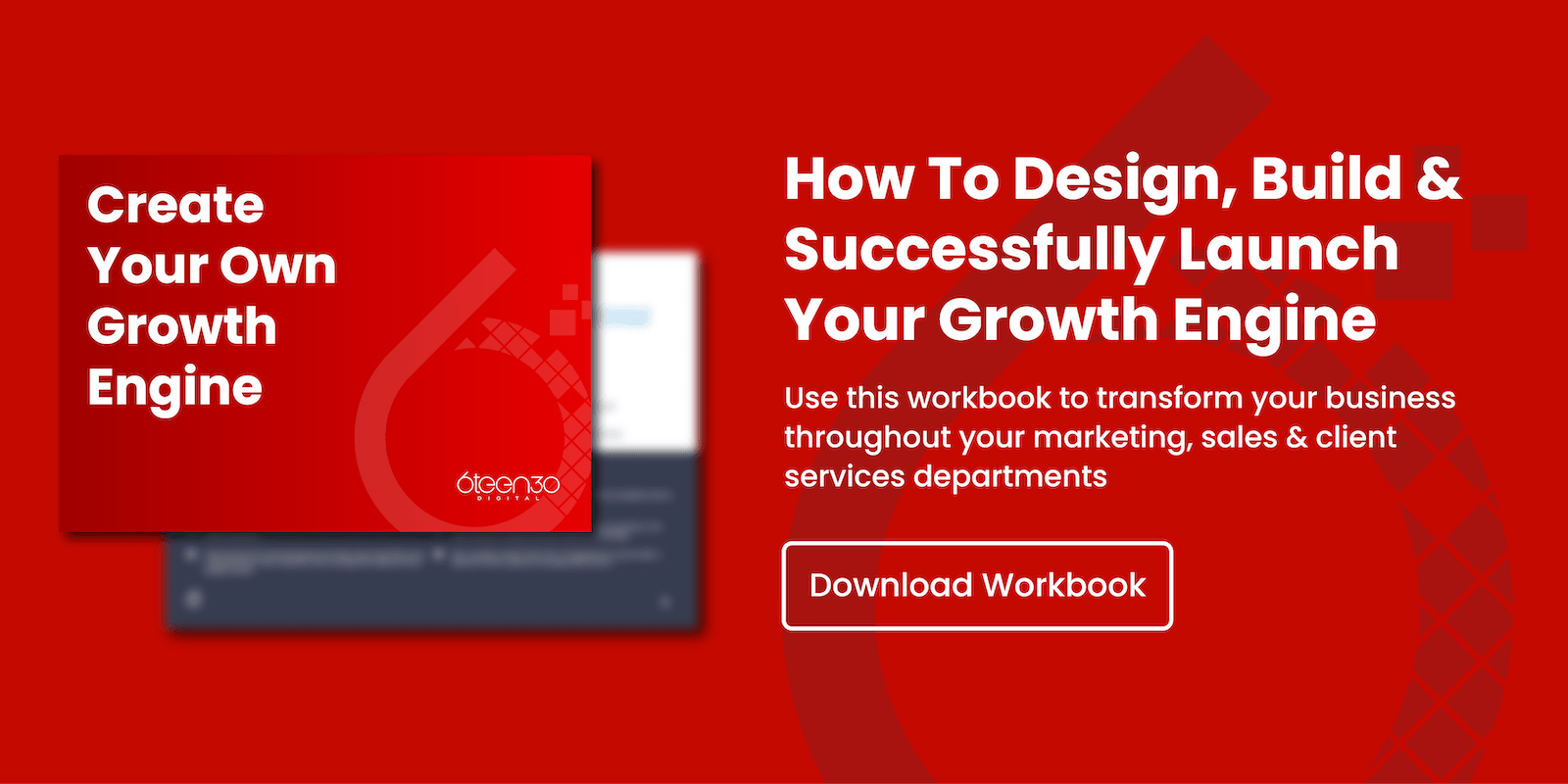Introduction
I want to talk about UGC. It's UGC, user-generated content. Also, a spin after that which is PGC, project generated content. So, content, as we know, is anything that we want to put online or offline.
- Blogs
- Stories
- Case studies
- Testimonials
- Offers
- Promotions
- Brochures
- Website Copy
But predominantly I'm going to focus here on online solutions, such as social media and websites. I've recently done a couple of projects with our clients, where we've overhauled their existing websites.
Part of that is then to then go and drive traffic to them to generate content. Now, in both cases, website done by the typical brochure website guy, cheap and cheerful, buying a theme online, copying that theme several times, all the websites look the same, all powered by the same person.
Ultimately, doing what I call monkey see, monkey does, you want a website, I'll ask you some questions, I'll put your theme up there, I'll try and make it look as different as I can and we go from there. There are a lot of the stock images that I see on these sites, some are relevant, some are not, some are dark and frosty, others are not there.
Rarely there's a traffic strategy behind it to put anything there if you're lucky, they might sign you up to MailChimp or something like that. By the way, nothing wrong with MailChimp; it's got its purpose. In these particular cases, not relevant.
So I want to talk to you about the damage that stock images are going to be doing and the efforts that you need to put in to get what I call quality UGC and quality PGC images.
User-Generated Content
So from a quality UGC, let's start with that. What is UGC? UGC stands for user-generated content. So if you've got clients who are experiencing your product or service, targeting them, and even incentivizing them to share pictures on your social media of them enjoying your experience or as an outcome, sharing a story about how your product or service helped them.
If you're a landscape gardener, getting him to take a picture of that. It's a real picture of real work that you've done or if you're more of a service business, it's an experience, a night out of you own a restaurant.
You'll see a lot of restaurants share this online. Revolution in Leeds and if you bought food, that's great, but if you actually shared your experience on Facebook, you got another like 10% or 15% off.
It makes a difference with a party of nine. So, you get the idea. So, getting people to take pictures and post them online, ideally social or send them to you to use in your catalogues, of them enjoying your product or service and showing the world that they enjoy your product, your service, your company, the experience that they've had.
So that's user-generated content and if you could start to put that in your social posts, onto your website, people are going to connect a lot better. They're going to see what they're going to experience in real-time.
So, user-generated content, target your customers, incentivize them to share or send in and you can hashtag and marry that with a hashtag as well. So just hashtag Revolution or hashtag Wetherspoons or hashtag whatever else it might be, which is going to get you more, sort of traction.
Now as far as, it's that indirect, because you can't force people to do that. If your product or service is good enough, then there should be no reason why you shouldn't get, maybe three out of 10, five out of 10, 7 out of 10 strikes, depending on how popular or how well your brand is or how well you know your customers or the volume that you're dealing with.
What you can control is what we call PGC and that's project generated content, so we talked earlier about having authentic, unique content on your channels. Better than stock images on your website, on your brochures, your catalogues, your flyers, your real-life experiences that you so do, so I think it's a given.
Project Generated Content
So project generated content or PGC is you can control. Speaking to a security installer and I said to him, why do every time you go, why don't you take a picture of the house or the building before you start, then when your engineers are on-site, take pictures of them laying cables, putting cameras on wall, putting bell boxes on the wall, programming the alarm system on the keypad.
It's so natural, it's so real and of course, this particular company, was all branded up with their company name and in fact, I need to give a shout out to them, it's a company called Scaitec Security in Rotherham.
Real great company if you're looking for CCTV, security alarm systems, home or work, monitored or not, these are the guys to speak to. Check them out at scaitecsecurity.uk
When you take the pictures throughout, I think we put the content on the social, we went to the blogs, people actually see real Scaitec engineers working on real houses as opposed to some sort of stock image we've about to pull off-site.
So, PGC, you can contribute to yourself, you can control, it's just a simple instruction to every one of your field-based stuff or if you don't go outside, you're in an office, and you may be working with clients one-on-one or you may be working on whiteboards or you may be programming code on a computer.
Maybe you're doing customer service work or PA secretarial work. Asking one of your colleagues just to take some pictures of you in a natural position. Not an artificial pose, you just working in a natural environment.
Once you've got that catalogue goes up and using the Scaitec example, if it's alarm systems, if it's CCTV systems, put those into a category and segment your pictures or your videos and again.
Maybe I didn't even cover videos, 15-second landscape sweep, which is going to give you a landscape sort of picture that will go into your social channels, if you've got more advanced software, you can do it and get them to in square and things like that for different types of posts.
But even the basics, just a simple iPhone or a Samsung, doing a 15-second video sweep, to then chop it down a couple of seconds on either side to get it to eight to 10 to 12 seconds for a social post.

Once you've got that all segmented out, the great benefit of doing that there is, spend 1/2 an hour, look at the picture, come up with a benefit-based statement that you could overlay there.
You can use free tools like Canva, I don't know if you've come across Canva, C-A-N-V-A.com, where you can put your image in and write over it, focus on home security, context, the company, whatever it might be.
There are great tools like Snappa, S-N-A-P-P-A.com, a little bit more of a paid subscription there for pro features, but that gives you a little bit more and build infographics on there and you start to get some really good project content out there.
Then once you've got them segmented by images or video, then you can just write your captions, take 30 minutes out and say what does that best describe? It's not what you sell, it's a benefit that it helps your audience.
Have a safer home in Paul at Scaitec situation. If you're a PA secretary, you're fed up at work, you're sick to why you put the kids to bed doing your paperwork, I'll take it off you. Contact me for more information.
Things like that, that's project generated content and plus if you can mix it with UGC, where your customers are waving and flying the flag for you, that's going to be even better. So hopefully you found some value on that.
PGC, UGC is the topic for this Pit Stop. As always, if you want to get in the game and get more engaging content, get away from these moronic graphic designers and web developers and creative houses where you're using stock, stock, stock. Get yourself a PGC and UGC strategy in place.









%20-%20Teal.png?width=500&height=130&name=Force%20%26%20Friction%20-%20Branding%20-%20Logo%20(White)%20-%20Teal.png)